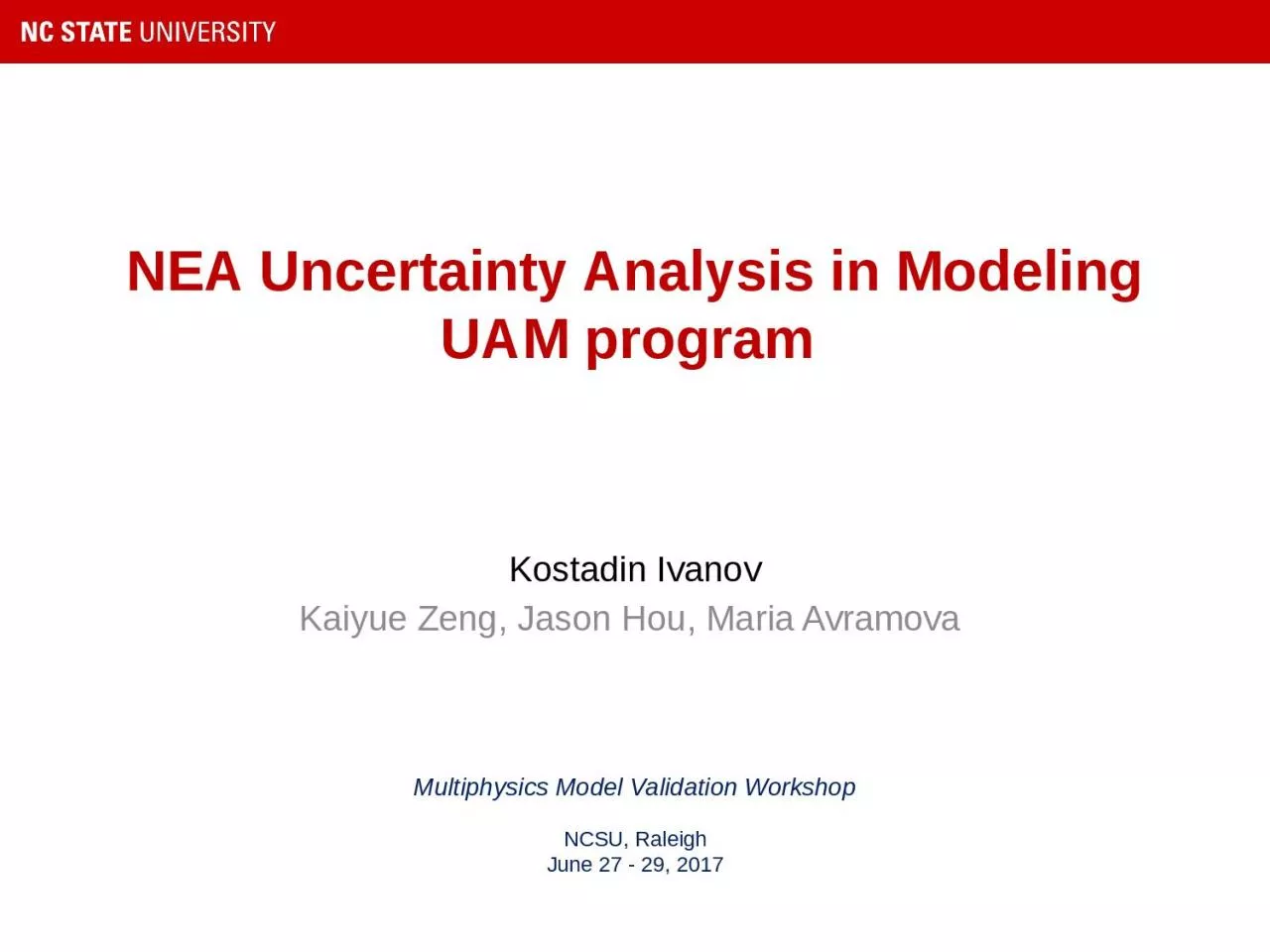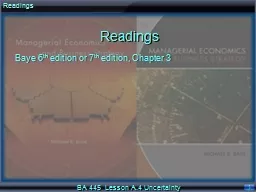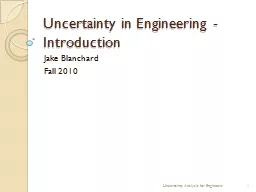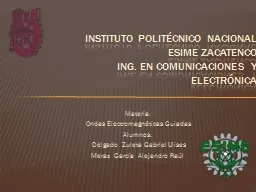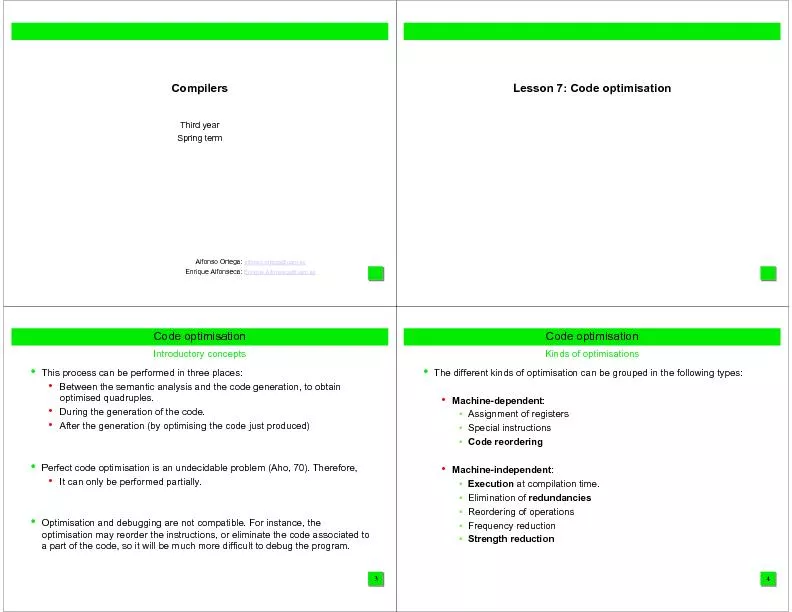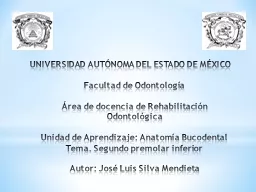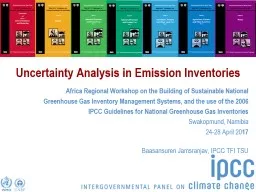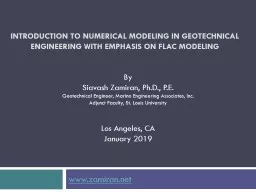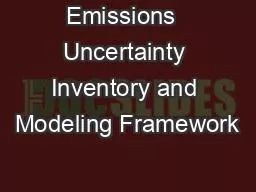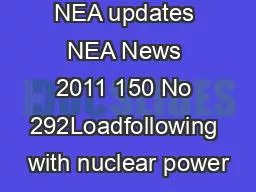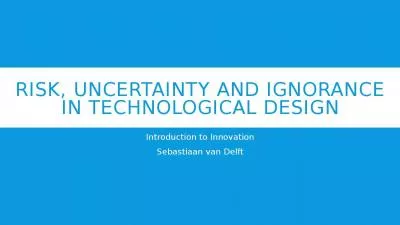PPT-NEA Uncertainty Analysis in Modeling UAM program
Author : fluenter | Published Date : 2020-08-28
program Kostadin Ivanov Kaiyue Zeng Jason Hou Maria Avramova Multiphysics Model Validation Workshop NCSU Raleigh June 27 29 2017 2 OECDNEA LWR Uncertainty
Presentation Embed Code
Download Presentation
Download Presentation The PPT/PDF document "NEA Uncertainty Analysis in Modeling UAM..." is the property of its rightful owner. Permission is granted to download and print the materials on this website for personal, non-commercial use only, and to display it on your personal computer provided you do not modify the materials and that you retain all copyright notices contained in the materials. By downloading content from our website, you accept the terms of this agreement.
NEA Uncertainty Analysis in Modeling UAM program: Transcript
Download Rules Of Document
"NEA Uncertainty Analysis in Modeling UAM program"The content belongs to its owner. You may download and print it for personal use, without modification, and keep all copyright notices. By downloading, you agree to these terms.
Related Documents

